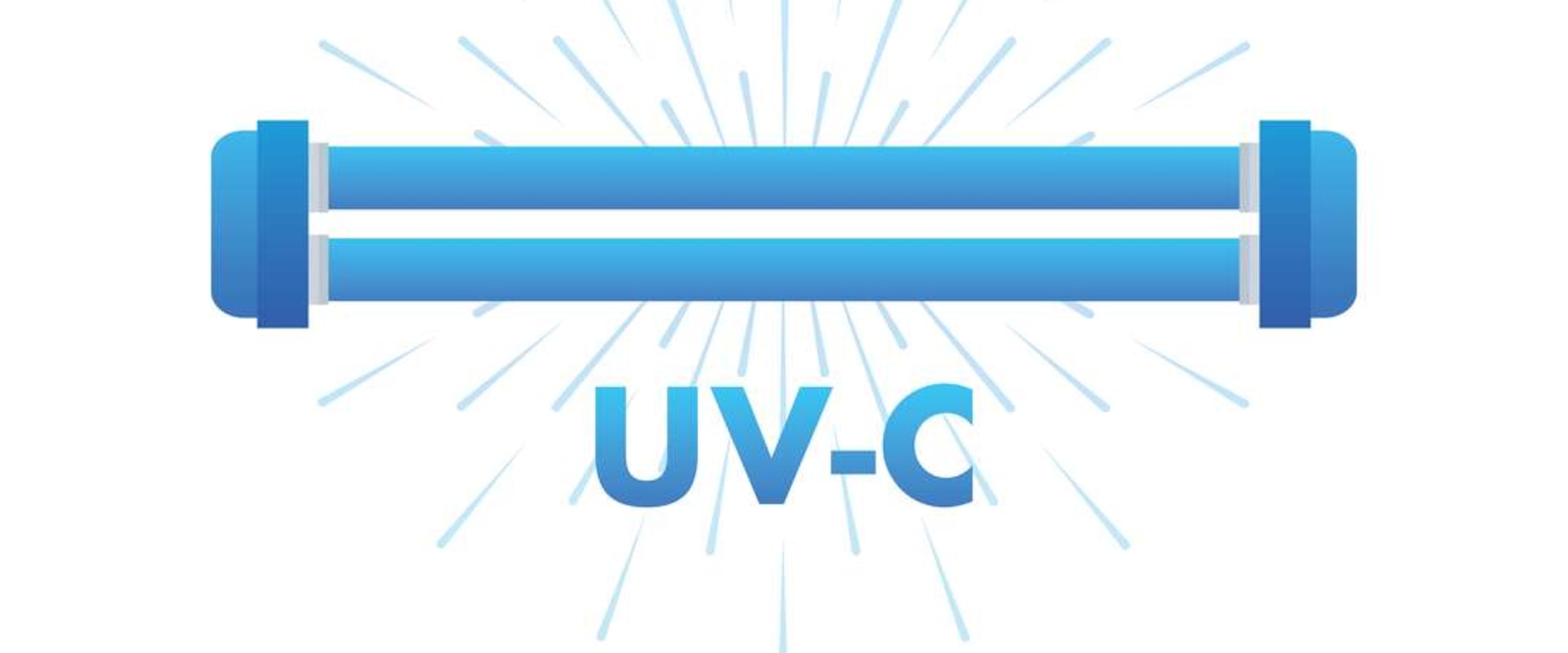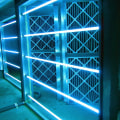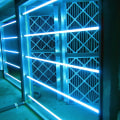UV light is a powerful technology that can be used for a variety of applications, from disinfecting surfaces to heating and cooling systems. Installing UV light can be a complex process, but with the right knowledge and tools, it can be done safely and effectively. In this article, we'll discuss the basics of UV light installation, including the types of UV light available, the safety precautions to take, and the steps involved in the installation process. UV light is a type of electromagnetic radiation that is invisible to the human eye.
It has a wavelength shorter than visible light, and is divided into three categories: UVA, UVB, and UVC. UVA is the least harmful type of UV radiation and is mainly used for tanning beds and other cosmetic applications. UVB is more dangerous and can cause skin damage if exposed for too long. UVC is the most dangerous type of UV radiation and can cause serious health problems if not handled properly.
Safety PrecautionsWhen installing UV light, it's important to take safety precautions to protect yourself from potential harm. Wear protective clothing such as long sleeves, pants, gloves, and safety goggles or face shields. If absolutely necessary, use UV safety goggles or face shields to protect your eyes from direct exposure to the light. Additionally, make sure that all electrical wiring is properly insulated and that all switches are off before beginning any work.
Types of UV Light
There are several types of UV light available for installation, including fluorescent lighting fixtures, HID lighting fixtures, waterproof lighting fixtures, non-waterproof lighting fixtures, and germicidal lights.Fluorescent lighting fixtures are typically used in residential settings and are relatively inexpensive. HID lighting fixtures are more powerful than fluorescent fixtures and are often used in commercial settings. Waterproof lighting fixtures are designed to withstand moisture and are ideal for outdoor applications. Non-waterproof lighting fixtures are designed for indoor use only.
Installation Process
Installing UV light requires careful planning and preparation.Before beginning the installation process, create a paper template of the area where you plan to install the lights. This will help you determine the best placement for the lights and ensure that they are evenly spaced out. Once you have your template ready, you can begin connecting the wiring and installing switches. Next, install the bulbs into their respective sockets and test the system to make sure everything is working properly.
Maintenance
Once your UV light system is installed, it's important to perform regular maintenance to ensure that it continues to operate safely and efficiently.Check all wiring regularly for signs of wear or damage, replace any bulbs that have burned out or become dimmed over time, and clean any dust or debris from the system as needed. Additionally, make sure that all switches are off when not in use.



